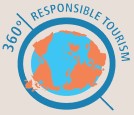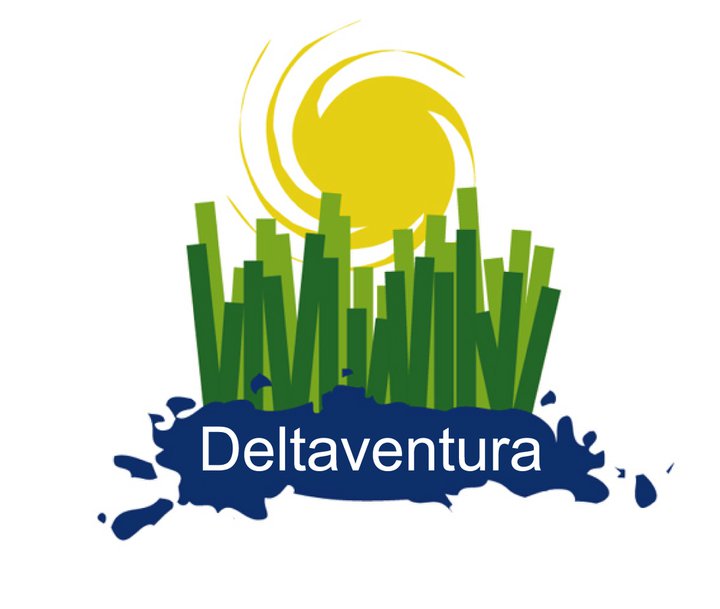The Andes stretch from the south of the province of Mendoza to Tierra del Fuego, or “Land of Fire”. The region is very diverse, includes mountains, forests, lakes, glaciers, continental ice caps and the mountains Fitz Roy and Torres. The climate is cold and in the west is significantly wetter.
There are many National Parks including, from North to South, the National Park of “Lanin” of 750,000 hectare, the “Nahuel Huapi” which was the first national park in Argentina, “Los Alerces”, named after the long – lived trees grown in this area and “Los Glaciares”.

Los Mapuches
In the territory of the East, Fey Puel Mapu, where the Sun rises, lives the great Mapuche people. They are an ancient society that has it own Cosmo vision, their own language, ceremonies, culture, art, education, medicine, ancestral authorities, territory, lifestyle and a special social organization of free manner, independent and sovereign that covers most of the territories today known as Argentine or Chilean Federal States. They are the original people of South America that were able to resist the invasion of the Spanish crown between the 16th to the 19th century.
At the beginning of the 20th century with the invasions of Mapuche territory, the states of Argentina and Chile along with various European nations arranged a new colonialist political system that brought an influx of thousands from Germany, Italy, Switzerland, Holland, and Spain among others who occupied great areas of the Mapuche territory.
Today the major part of these territories are in possession of large economic corporations such as the industries of lumber, fisheries, mining, petroleum, hydroelectricity and landed estates of European descendents, left to be administrated by enormous transnational companies.
The Mapuche Nation is fighting to recover their territories and dignity, as well as their fundamental social and political rights against the constant and systematic violation of their human dignity.
The Co-management
The Andean Patagonia is characterized by the large number of national parks covering the Andean region. When the parks were established, the native population living in these areas were declared protected. Historically, in accordance with the national legislation, these territories were unilaterally managed by the National Parks. In 2000, the “Indian Territory Sheltered Workshop” was organized jointly with the participation of NPC and the Neuquen Mapuche Confederation (CMN). This was a turning point with regard to regulation and management of the natural resources of the territories where the Mapuche communities live.
The Co-management Committee (executive level for global politics), as well as co-management committee for each of the local Mapuche community (local operational level) were established within the political framework of the Institutional Management Plan (December 2001) for the cooperative management of the land between the Mapuche communities and the Park Rangers. The first and best example is the National Park Lanín, home to seven Mapuche communities, Ñorquinco, Aigo, Lefiman, Raquithue, Lafquenche, Cayún and Currihuinca. Today also the Nahuel Huapi National Park is co-managed by the local communities, as are other parks of Argentina, where indigenous people live.
The Institutional Management Plan defines that: “In the context of conservations objectives and for the development of the areas, the demands of indigenous peoples have a leading role through co-management.” The co-management includes sharing responsibilities and powers and a clear definition of the exercise of public authority, and patterns of use of local resources according to the ancient wisdom of communities.

Alluminé and Villa Pehuenia
The department of Aluminé is located about 170km north of San Martín de los Andes and 300km from the capital of the Province of Neuquén. Its unique beauty is due to the blue lakes and snow-capped volcanoes, that surround it; forest of prehistoric trees (Aracucaria Araucana), torrential rives and volcanic cliffs. The Pehuenia tourism circuit (150km) allows one to reach Villa Pehuenia along the east side of the river continuing west, bordering the Moquehe lake, the Ñorquinco lake and returning to Aluminé. This special place has generated various tourism development proposals and various conflicts. The whole area of Aluminé has been studied within the “Strategic Plan of Sustainable Tourism Development” sponsored by the Faculty of Tourism UNC, by the Province Directorate of tourism, the Development commission of Villa Pehuenia and the Federal Investment Council (IFC). It was officially launched in September of 2003. The conflicts of interest arise between the native population, the Mapuche communities and the investors. Lately, tourist development have seriously affected the territory and in particular the area around the lake, where many hotels were built. The Allumine area has become a laboratory for tourism projects, because it has the most traditional components of naturist tourism, along with high-level class infrastructure, to activities of low impact and with the local participation.

San Martín de los Andes
Nearby San Martín de los Andes, a tourist mountain village, live many Mapuches communities. In the late 80´s an eager public longing for naturalistic holidays, mostly of the same province of Neuquén, started to go camping along the lakes and rivers nearby of the area. At first, a positive dynamic was created between the inhabitants and the “guests”, but in the last ten years the balance was broken due to the rapid increase of the number of campers and secondly because the tourism in the area began to take a luxury twist. The communities near San Martín de los Andes (Currihuica, Atreico and Painefilu) took advantage of this situation, and carried out several actions, such as charging a fee for entry into certain areas or creating minimal infrastructure. The process was supported by a series of initiatives by the province, nation, or foreign NGO´s. Today it can be said, with rare exceptions, that these projects haven´t been successful, in some cases they have gone further, and have accentuated the marginalization problem of welfarism politics often associated with social policies direct to the indigenous communities.

Bariloche
Bariloche is a city located at the foot of the Andes, some 1.680 km away from Buenos Aires in the Andean Patagonia. The city is characterized by the Nahuel Huapi National Park and the presence of mountain ranges with peaks as high as 3500 m, heavy precipitations, rivers, lakes, glaciers and evergreen forests including coehues (Nothfagus Dombeyi, a Chilean evergreen used for thatching). The climate varies from moderately warm to cold, and precipitations switch from 4000 to 1000 mm (from west to east) in less than 50 km due to the effect of the mountain range. This phenomenon gives rise to three areas with different vegetation: Andean-Patagonia forests; transition forests; and steppe bush land. Andean forests include coehues, ceders, larches, lengas, Antarctic beeches, cypresses, radales and myrtles. In the places with the heaviest precipitations, the forests become almost impenetrable. The vegetation thins out as it climbs up the mountains. Bariloche is the most famous tourist town in the Argentine Andes.



